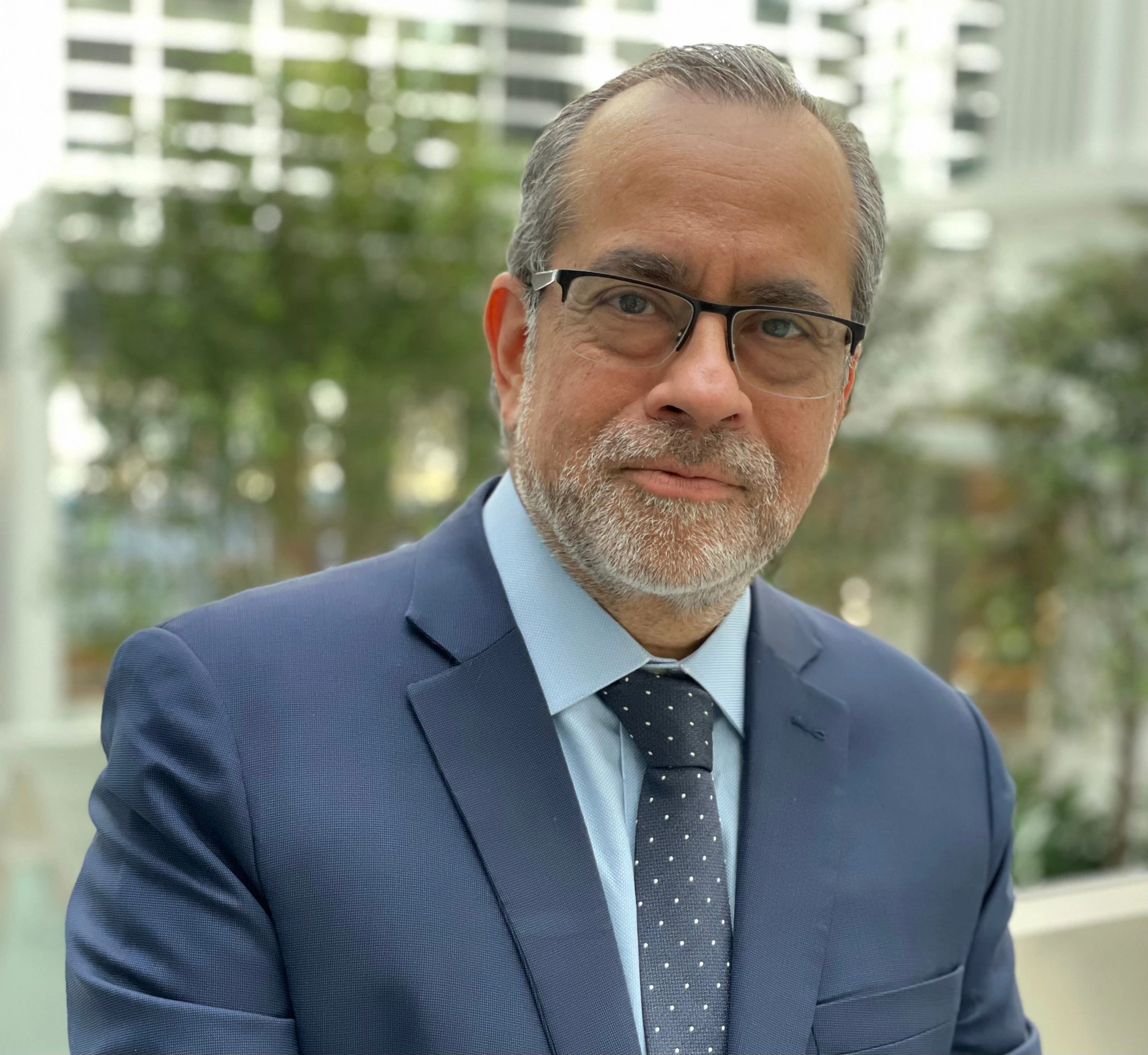 Children in touch with animals at a farm in Ecuador. Photo: World Bank
Children in touch with animals at a farm in Ecuador. Photo: World Bank
"Between animal and human medicine
there are no dividing lines—nor should there be."
Rudolf Virchow, 1856
Almost five years after the onset of COVID-19, is there a risk that we are entering yet again another phase of neglecting pandemic preparedness, prevention, and response?
One Health Day reminds us that the health of people, animals, and the environment are interconnected, and that threats to one area can quickly become threats to all. November 3, 2024, marked the ninth annual One Health Day, a global campaign to build education and awareness on the One Health approach and the shared health threats at the human-animal-environment interface. As COVID-19 reminds us, a One Health approach can prevent the next pandemic.
The Latin America and the Caribbean context for One Health
Due to COVID-19, in recent years the concept of One Health has gained significant traction globally as a vital approach for addressing complex health challenges including zoonoses and antimicrobial resistance. This approach seeks to balance and enhance the health of humans, animals and ecosystems in a sustainable manner. One Health initiatives are thus about working together across sectors to bridge gaps among public health, veterinary science, and environmental management.
Latin America and the Caribbean (LAC) face a distinct array of One Health challenges. Zoonotic diseases like dengue, Zika, avian influenza, and rabies pose serious public health risks in LAC, and the region’s highly biodiverse areas provide ample hosts for pathogens. Deforestation and environmental degradation in LAC are also accelerating the spread of these diseases. One Health approaches are direly needed in Latin America and the Caribbean to tackle these challenges and pave the way for a healthier, more resilient future for its inhabitants.
Regional cross-sectoral approaches
Emerging infectious diseases can travel across national borders and transfer from species to species. Regional collaboration is thus crucial for addressing One Health challenges. By working together, countries and partners can share resources, knowledge, and best practices, creating a unified front against health threats. This collective effort can help harmonize policies and strategies, making it easier to coordinate actions across borders. Additionally, regional collaboration can amplify the impact of individual countries’ efforts, ensuring that health initiatives are more comprehensive and effective.
The World Bank is your partner
In 2018, the World Bank published the Operational Framework for Strengthening Human, Animal, and Environmental Public Health Systems at their Interface. This framework provides operational guidance to directly address the need for targeted investments that prevent, prepare, detect, respond to and recover from issues like diseases with endemic, emerging, and pandemic potential, including antimicrobial resistance — addressing antimicrobial resistance can be highly cost-effective, offering a rate of return on investment of 88% per year. Currently, the World Bank is financing 47 projects across 40 countries aimed at strengthening and developing agricultural, health, and water and sanitation systems, which are critical to preventing the emergence and spread of resistance.
With the support of the Pandemic Fund, the Pan American Health Organization (PAHO) and the World Bank’s Pandemic Response Optimization Through Engaged Communities and Territories (PROTECT) project is at the forefront of leveraging the One Health approach to enhance pandemic preparedness and response in the LAC region. In October 2024, the Pandemic Fund’s Governing Board also approved two new grants in the region, which will be jointly implemented by the World Bank and technical partners*. This additional funding will be catalytic in strengthening disease surveillance and early warning systems, public health laboratory systems, the public health workforce, and border health capacities across sectors.
Looking Ahead
Tackling threats such as zoonoses and antimicrobial resistance is a pressing and increasingly severe development challenge, with significant impacts on health, poverty, food security, nutrition, trade, environmental outcomes, ecosystem dynamics, and food safety. Looking ahead, the World Bank is working to develop cross-sectoral One Health solutions and implementation synergies with key global and regional partners such as PAHO, the Food and Agriculture Organization of the United Nations (FAO), the World Organization for Animal Health (WOAH), and the Inter-American Institute for Cooperation on Agriculture (IICA). By pooling resources and expertise, these collaborations will drive significant progress in overcoming the challenges of conflicting priorities, limited funding, and the need for better inter-sectoral communication and coordination—demonstrating that together we can overcome even the most daunting health challenges, preserving the health of our economies, our crops, our animals, and our people.
Mariela Varas, Phillis Kim, Leah Germer and Federica Secci, contributed to this blog.
*The first is a grant for Guyana’s Pandemic Preparedness, Prevention, and Response Project, which will be implemented by the World Bank with IDA co-financing. The second is a regional grant for Strengthening Prevention, Preparedness, and Response to Emerging Health Threats in the Eastern Caribbean Project, jointly implemented by the World Bank, the Food and Agriculture Organization, and the World Health Organization.



Join the Conversation